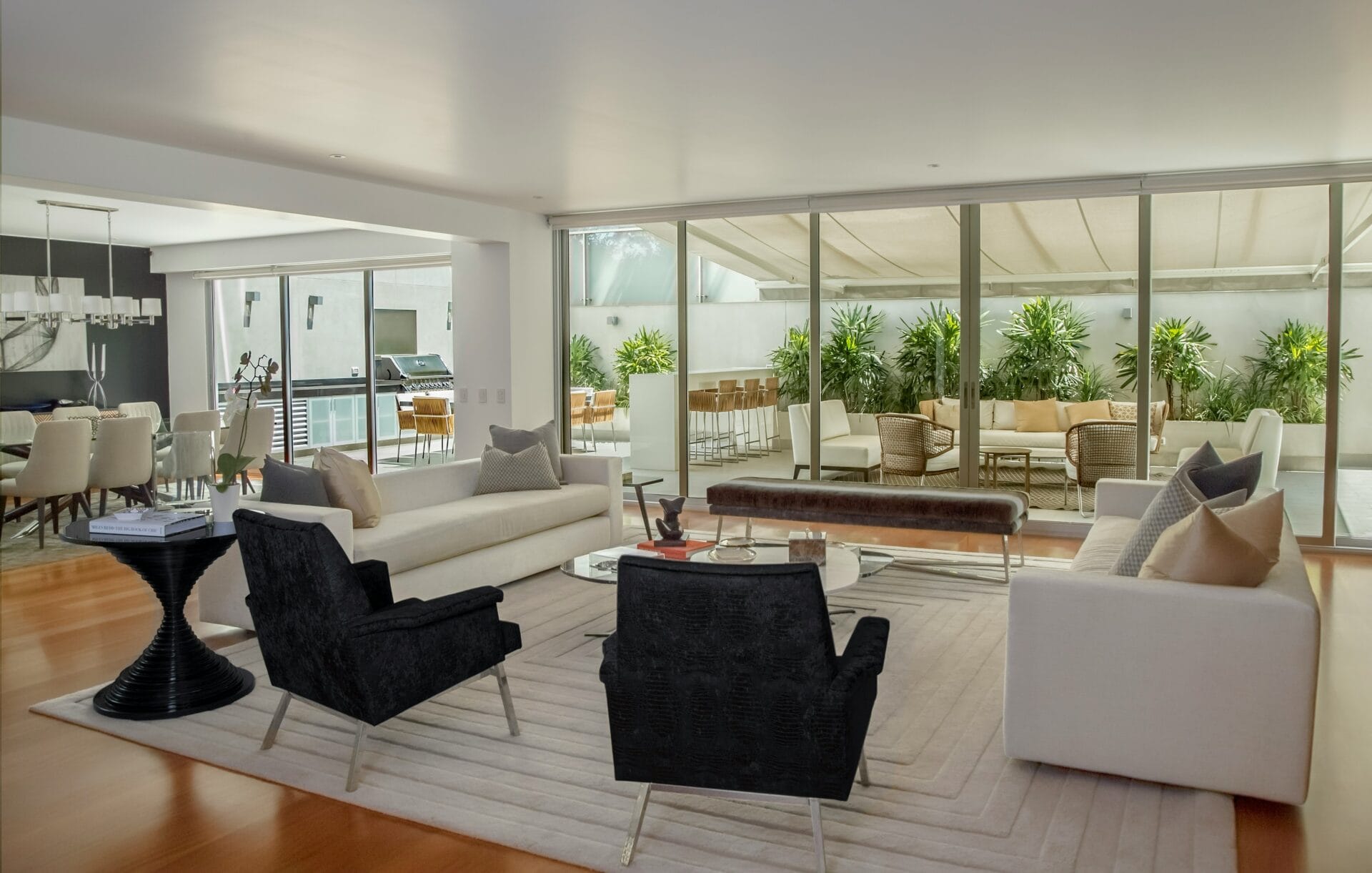Introduction to Commercial Furniture in Design
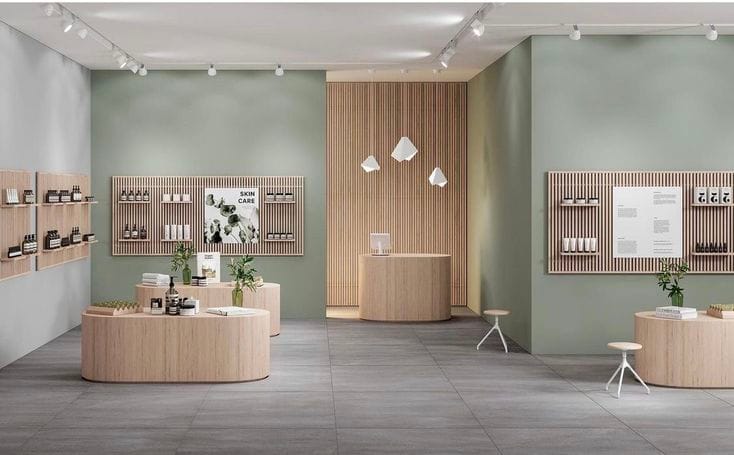
In the realm of commercial interior design, the selection of furniture plays a critical role in shaping the environment and facilitating an optimal user experience. Furniture not only serves the functional purpose of providing seating, storage, and workspace, but it also significantly impacts the overall aesthetic appeal of the space. As designers embark on various projects, understanding the influence of furniture choices becomes paramount, guiding them towards options that best fit their vision and client needs.
Commercial furniture choices can be classified broadly into two categories: bespoke and ready-to-order furniture. Each category offers unique advantages and challenges, making it essential for designers to carefully evaluate which option aligns with their specific project requirements. Bespoke furniture is custom-made to meet precise specifications, allowing for greater flexibility in design, alongside the ability to integrate brand identity seamlessly. On the other hand, ready-to-order furniture provides a more efficient solution, often better suited for time-sensitive projects or when budget constraints are a consideration.
Moreover, the furniture supplier for design projects can greatly influence the outcome. Selecting the right supplier ensures access to high-quality materials, craftsmanship, and a diverse range of styles that can enhance the aesthetics of the design space. It is crucial for designers to establish relationships with reliable suppliers who understand the unique demands of commercial environments, as this can lead to better sourcing of either custom-made furniture or ready-to-order options. Ultimately, the choices made during the furniture sourcing process will have a lasting effect on the functionality, comfort, and visual appeal of commercial spaces, underscoring its importance in the design workflow.
Understanding Bespoke Furniture
Bespoke furniture is defined as furniture that is custom-made to meet the specific requirements and preferences of an individual client. Unlike ready-to-order furniture, which is mass-produced based on standard dimensions and styles, bespoke pieces are tailored from the ground up. This process begins with an in-depth consultation where clients discuss their vision, desired functionalities, and aesthetic goals. The designer collaborates closely with the client, often offering innovative solutions while ensuring that the end result aligns with the client’s expectations.
The creation of bespoke furniture involves a series of stages, including conceptual design, material selection, and meticulous craftsmanship. Each stage is characterized by a high degree of attention to detail, as artisans ensure that every aspect of the piece meets the highest standards. The selection of materials is particularly crucial; whether it’s sustainably sourced wood, luxurious fabrics, or cutting-edge metal finishes, these choices significantly influence both the functionality and the visual appeal of the final product.
Typically, clients who opt for bespoke solutions include commercial entities such as hotels, restaurants, and corporate offices, as well as individual consumers looking for unique home furnishings. These clients value not only the exclusive nature of the furniture but also the ability to construct pieces that effectively utilize their space while complementing the overall interior design. The craftsmanship behind bespoke furniture allows for a level of personalization that reflects the identity and aspirations of the client, a factor that is often overlooked in the ready-to-order market. As a result, bespoke furniture plays an integral role in the broader interior design furniture sourcing landscape, meeting specific design projects’ nuanced demands.
Advantages of Bespoke Furniture
Bespoke furniture offers numerous advantages for commercial design projects, significantly enhancing both the aesthetic appeal and functionality of the space. One primary benefit is the ability to create tailored designs that precisely meet specific spatial requirements. Unlike ready-to-order furniture, bespoke pieces can be crafted to fit unique dimensions and layouts, ensuring optimal space utilization and a seamless integration into the overall interior design.
Moreover, bespoke furniture is often constructed from superior quality materials. This focus on quality not only ensures durability but also contributes to a refined look and feel. Manufacturers of custom-made furniture typically source high-grade materials that may not be available through standard furniture suppliers. This attention to quality resonates with clients, reinforcing the standard of excellence that is often sought in commercial environments. Businesses investing in bespoke options can expect longevity and less frequent replacements, making this approach cost-effective in the long run.
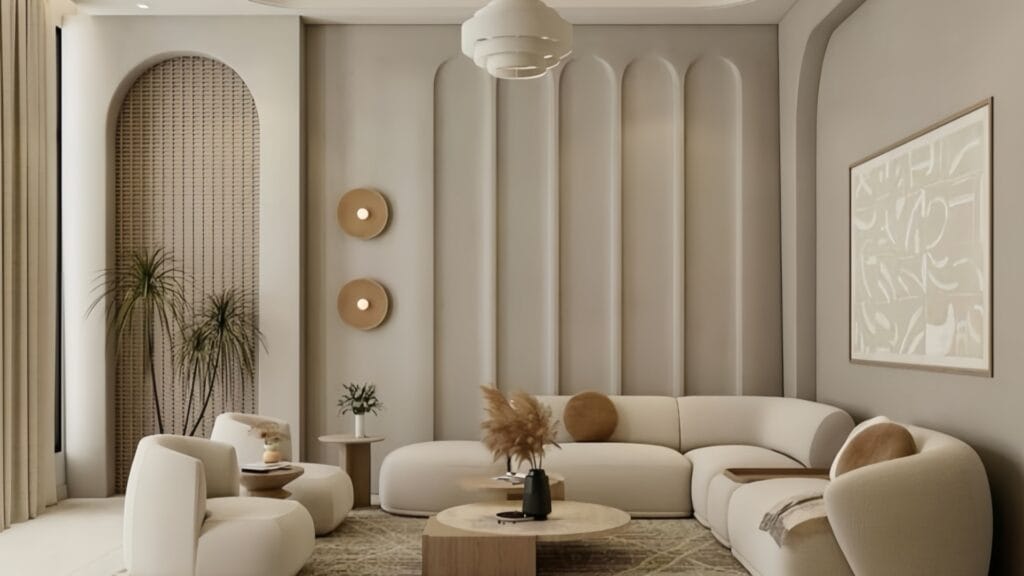
Flexibility in design styles is another critical advantage of bespoke furniture. Designers can collaborate closely with skilled artisans to create pieces that reflect various aesthetics, whether contemporary, traditional, or eclectic. This flexibility allows for alignment with the overall design vision for the commercial space, creating a cohesive atmosphere that elevates the client experience. Additionally, bespoke furniture can be tailored to reinforce brand identity, incorporating logos or specific color palettes that align with brand guidelines. This personalized touch not only enriches the visual narrative of the space but can also enhance customer engagement and loyalty.
In conclusion, the unique benefits of bespoke furniture, such as tailored designs, superior materials, and flexible styles, make it an excellent choice for businesses seeking to create impactful, functional, and aesthetically pleasing commercial spaces.
Understanding Ready-Made Furniture
Ready-made furniture refers to a category of furnishings that are pre-manufactured and available for immediate purchase. These items are generally mass-produced in large quantities, making them more accessible to a wide range of consumers and businesses. Unlike custom-made furniture, which is specifically designed to meet individual specifications, ready-made options offer a more standardized appeal, accommodating various tastes and preferences while ensuring affordability.
Typically constructed from a variety of materials, ready-made furniture can include items fashioned from woods, metals, plastics, or composites. Commonly seen in commercial settings, items may range from functional pieces such as desks, chairs, and tables to decorative elements like shelving units and accent pieces. The production of ready-to-order furniture often relies on efficient manufacturing processes, which enable companies to keep costs lower while maintaining a consistent product quality.
Marketing strategies for ready-made furniture often highlight convenience and immediate availability. For instance, businesses seeking quick outfitting solutions may prefer these options due to minimal lead times. This makes ready-made furniture particularly appealing to sectors such as hospitality, retail, and corporate offices. Companies that require swift solutions to furnish their spaces can benefit from the wide selection offered by various furniture suppliers, ensuring they have immediate access to design projects without extensive delays commonly associated with bespoke solutions.
In summary, understanding what ready-made furniture entails is crucial for professionals in the interior design industry. Its mass-produced nature allows for swift procurement through furniture suppliers, providing an efficient and often cost-effective choice for numerous design projects. With an extensive range of available items, professionals can select pieces that satisfy both aesthetic and functional requirements in commercial settings.
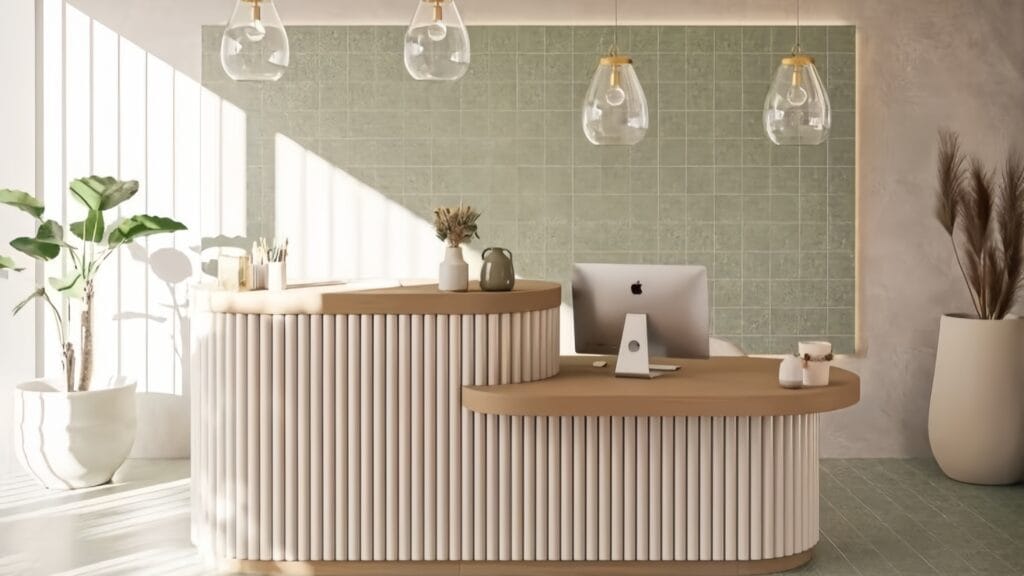
Advantages of Ready-Made Furniture
Ready-made furniture has become a prominent choice in the realm of interior design furniture sourcing, due to its myriad of benefits tailored to meet the demands of design projects. One of the primary advantages is cost-effectiveness. Since ready-made furniture is mass-produced, it often comes at a lower price point compared to custom-made options. This affordability makes it an attractive choice for those working within a tight budget while still aiming to achieve a polished and stylish aesthetic.
Wider availability is another significant advantage of ready-made furniture. Unlike custom solutions that may require extensive lead times for production, ready-made pieces can be sourced and set up in a relatively short period. This accessibility ensures that designers have a plethora of options to choose from, suitable for different themes and styles in their projects. Leading furniture suppliers for design projects tend to stock a large selection of ready-to-order furniture, making it easier for interior designers to find suitable pieces swiftly.
Fast turnaround times provide another compelling reason to opt for ready-made furniture. It is often ideal for projects with strict deadlines or urgent timelines, allowing designers to expedite the setup process without sacrificing quality. Additionally, ready-made furniture can simplify the procurement process, as it eliminates the complexities associated with obtaining custom-made solutions. Rather than navigating lengthy approval processes and waiting for production, designers can focus on other elements of their projects, leveraging the quick access ready-made furniture offers.
In various scenarios—such as temporary installations, short-term leases, or when an immediate solution is required—ready-made furniture can prove to be the most practical choice. Thus, recognizing its inherent advantages enables designers to make informed decisions that align with their project goals and client expectations.
Comparative Analysis: Bespoke vs. Ready-Made
When embarking on design projects, the choice between bespoke and ready-made interior design furniture sourcing is a critical decision that can influence the overall outcome. Each option presents unique advantages and considerations that align with various project requirements.
Bespoke furniture, often referred to as custom-made furniture, allows for a tailored approach, addressing specific design needs and aesthetic preferences. This type of sourcing is particularly advantageous in complex projects where unique space constraints or design specifications dictate a necessity for personalized solutions. For example, in boutique hotels or high-end offices, custom-made pieces can enhance the brand’s identity, providing a distinctive ambiance that ready-to-order furniture may not achieve. However, this approach generally demands a significant investment of time and resources, which can pose limitations under tight budget constraints or deadlines.
On the other hand, ready-to-order furniture offers a practical solution for design projects with established budgets and timelines. This type of furniture supplier for design projects can provide swift delivery, essential for projects requiring quick turnaround times. Ready-made options are often more economical, making them suitable for large-scale commercial spaces like schools or corporate offices where uniformity and efficiency take precedence over unique customization. While ready-to-order pieces may lack the individual flair of bespoke designs, they can still offer impressive quality and style when selected from reputable suppliers.
The decision between bespoke and ready-made options ultimately hinges on factors such as budget, timeline, design specificity, and the nature of the space being outfitted. Designers must evaluate these factors carefully, weighing the benefits of tailored solutions against the functional and economic advantages of ready-made alternatives. With thoughtful consideration, one can determine the most suitable approach for successful furniture sourcing in any design project.
Case Studies: Successful Design Projects
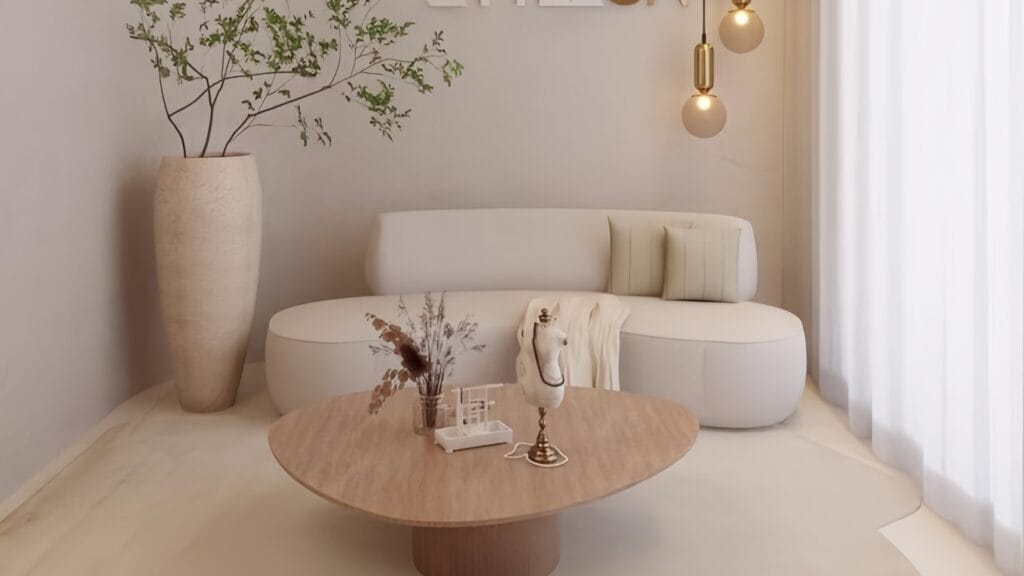
In examining the effectiveness of interior design furniture sourcing, case studies of successful design projects provide valuable insights. These examples highlight how the appropriate selection of bespoke and ready-to-order furniture can significantly impact the outcome of a project, as well as the satisfaction of the clients involved.
One prominent case study involved a luxury boutique hotel that opted for custom-made furniture to create a unique ambiance. The interior designer collaborated closely with a reputable furniture supplier for design projects, enabling them to produce tailor-made pieces that matched the hotel’s aesthetic vision. The custom furniture included intricately designed headboards and bespoke seating options that not only enhanced the visual appeal but also provided guests with comfort. Following the project completion, the client reported high satisfaction levels, noting that the unique furniture selection was key to differentiating their establishment from competitors.
Conversely, another project involved a corporate office fit-out where ready-to-order furniture was utilized. The design team prioritized functionality and cost-effectiveness. By sourcing high-quality, ready-to-order furniture from established suppliers, they were able to complete the project within a tight timeline and budget constraints. The outcome included a sleek and modern workspace that facilitated collaboration among employees, and the client praised the efficiency and aesthetic appeal of the selected pieces. This choice allowed the company to maintain a contemporary office design without compromising on quality or incurring excessive costs associated with custom-made options.
These case studies underscore the importance of carefully considering furniture sourcing strategies in interior design. Whether opting for custom-made or ready-to-order furniture, both options have the potential to elevate a design project and contribute positively to client satisfaction. Thus, the selection ultimately hinges on the specific objectives, budget, and vision for each unique project.
Tips for Choosing the Right Option
When it comes to selecting the appropriate furniture for design projects, decision-makers must carefully evaluate several factors to strike a balance between aesthetics, functionality, and budgetary constraints. The first step in this process involves clearly defining project goals. Understanding the intended use of the space, target audience, and overall design theme can significantly influence whether bespoke or ready-to-order furniture is the most suitable choice. Custom-made furniture allows for unique design elements that can effortlessly align with specific themes or branding, making it a compelling option for specialized commercial environments.
Next, budget evaluations play a pivotal role in guiding the decision. Custom furniture tends to have higher initial costs due to the design and craftsmanship involved. This can be a limiting factor for some projects. On the other hand, ready-to-order furniture typically offers a cost-effective solution, particularly suitable for larger scale projects where uniformity and efficiency are priorities. Designers should consider the long-term implications of their investment; while ready-made options can save costs initially, bespoke solutions may ultimately provide greater durability and tailored fit, leading to prolonged functionality in the chosen space.
Client preferences are another critical aspect to weigh in the selection process. Engaging in open discussions with clients about their vision, lifestyle, and values can help determine whether custom-made solutions or ready-to-order alternatives align better with their expectations and needs. By understanding their uniqueness, designers can forge connections between client aspirations and the available options in furniture supplier inventories. Ultimately, employing a comprehensive assessment framework that considers project goals, budgetary allowances, and client inputs will enhance the decision-making process, ensuring optimal satisfaction with the chosen interior design furniture sourcing strategies.
Conclusion and Future Trends in Furniture Design
As we have explored in this blog post, the choice between bespoke and ready-made furniture for commercial design projects is influenced by various factors, including budgetary constraints, the desired aesthetic, and the functional requirements of the space. Bespoke furniture offers customization options that allow designers to create unique pieces tailored specifically to a client’s vision. This level of personalization often results in exceptional craftsmanship, on the other hand, ready-made furniture provides a quick and efficient solution, allowing designers to meet tight deadlines while ensuring quality and consistency.
Looking ahead, the landscape of interior design furniture sourcing may witness significant transformation as consumer preferences evolve. The increased focus on sustainability and functionality indicates a rising trend towards eco-friendly materials and practices in furniture production. Designers and furniture suppliers for design projects will likely adapt to these changing demands by incorporating more sustainable sourcing options and innovative manufacturing processes.
Social dynamics and advancements in technology will also play a crucial role in shaping commercial furniture design trends. The integration of smart technologies into furniture, such as modular systems that adapt to various needs or multifunctional pieces, is poised to enhance the user experience significantly. In this context, both custom-made furniture and ready-to-order furniture will have to coexist, appealing to varying target markets and their specific needs.
In conclusion, the future of commercial furniture design lies in the harmonious blend of bespoke craftsmanship and the convenience of ready-made solutions. Designers must remain vigilant in tracking trends and adapting their sourcing strategies to align with consumer preferences while maintaining a focus on functionality and aesthetics. This balance will ultimately inform the next generation of interior design furniture and its role in shaping engaging and efficient spaces.

